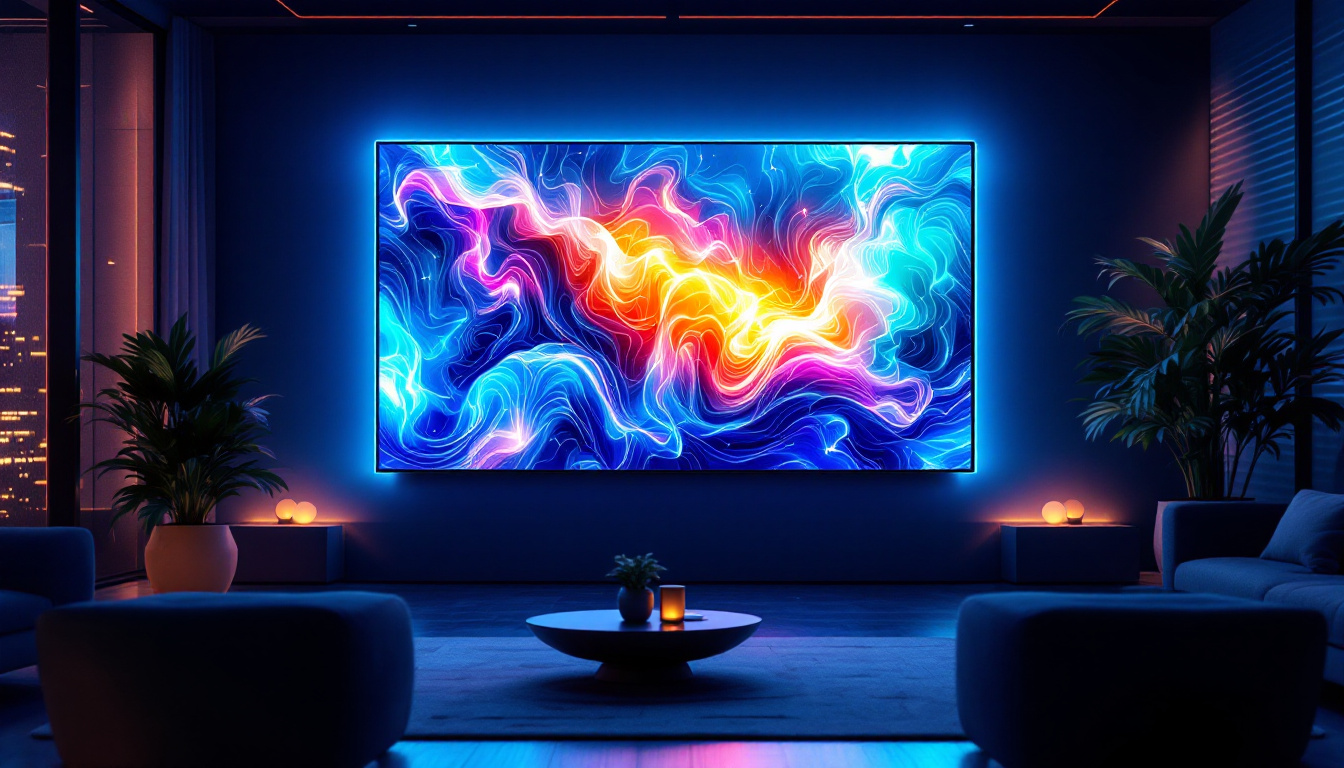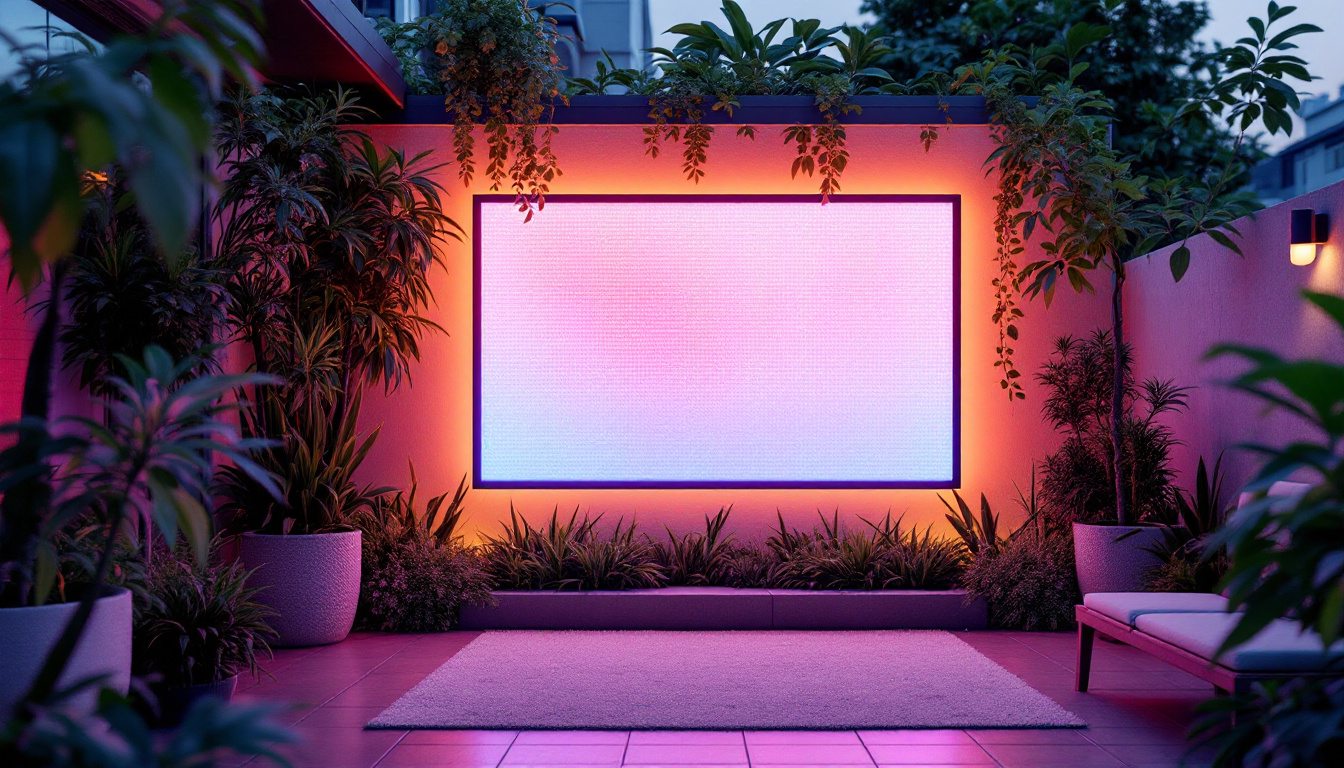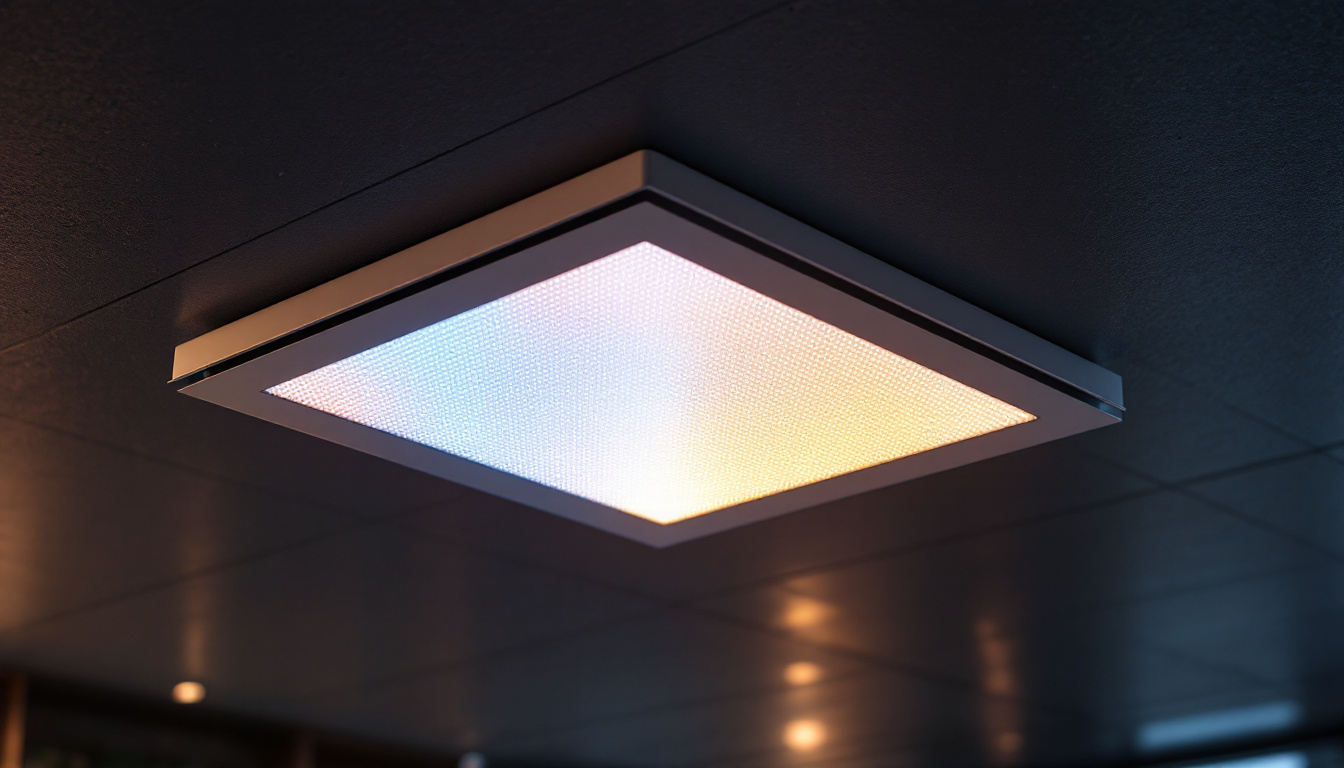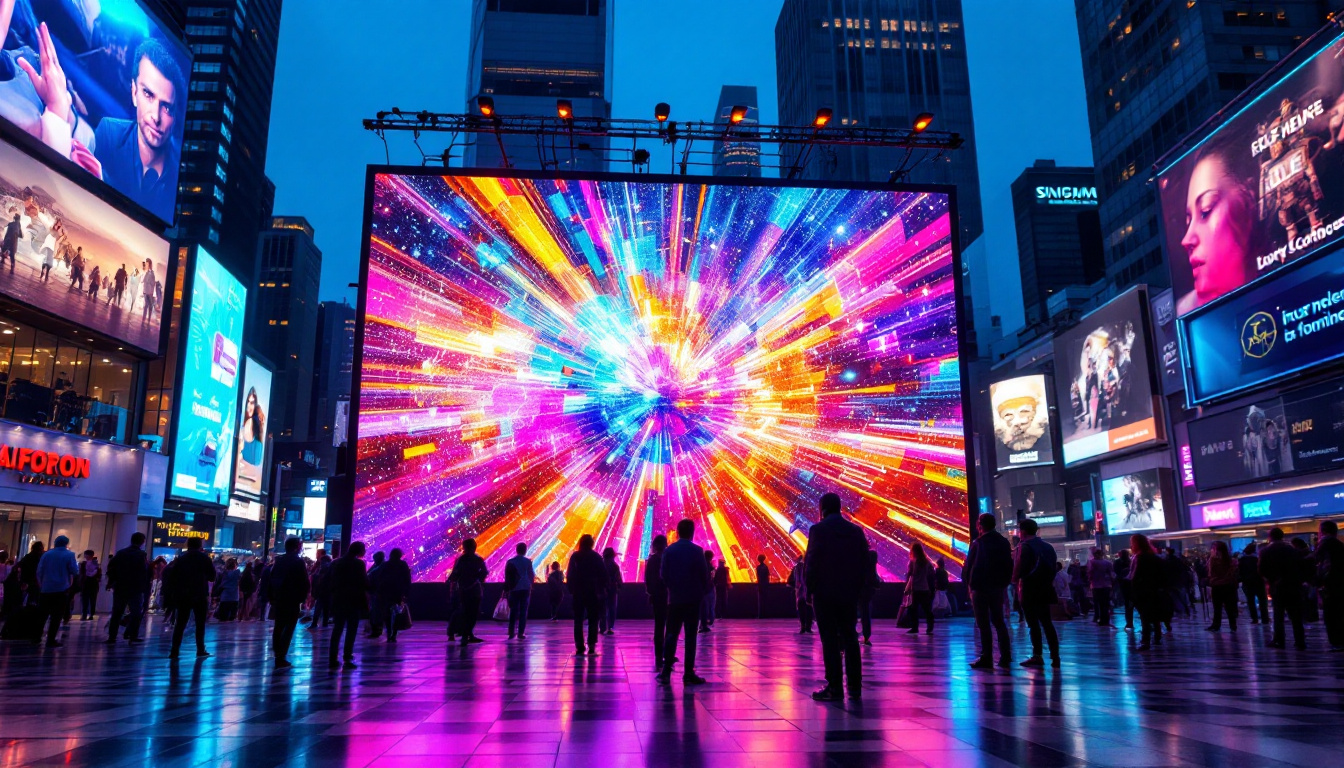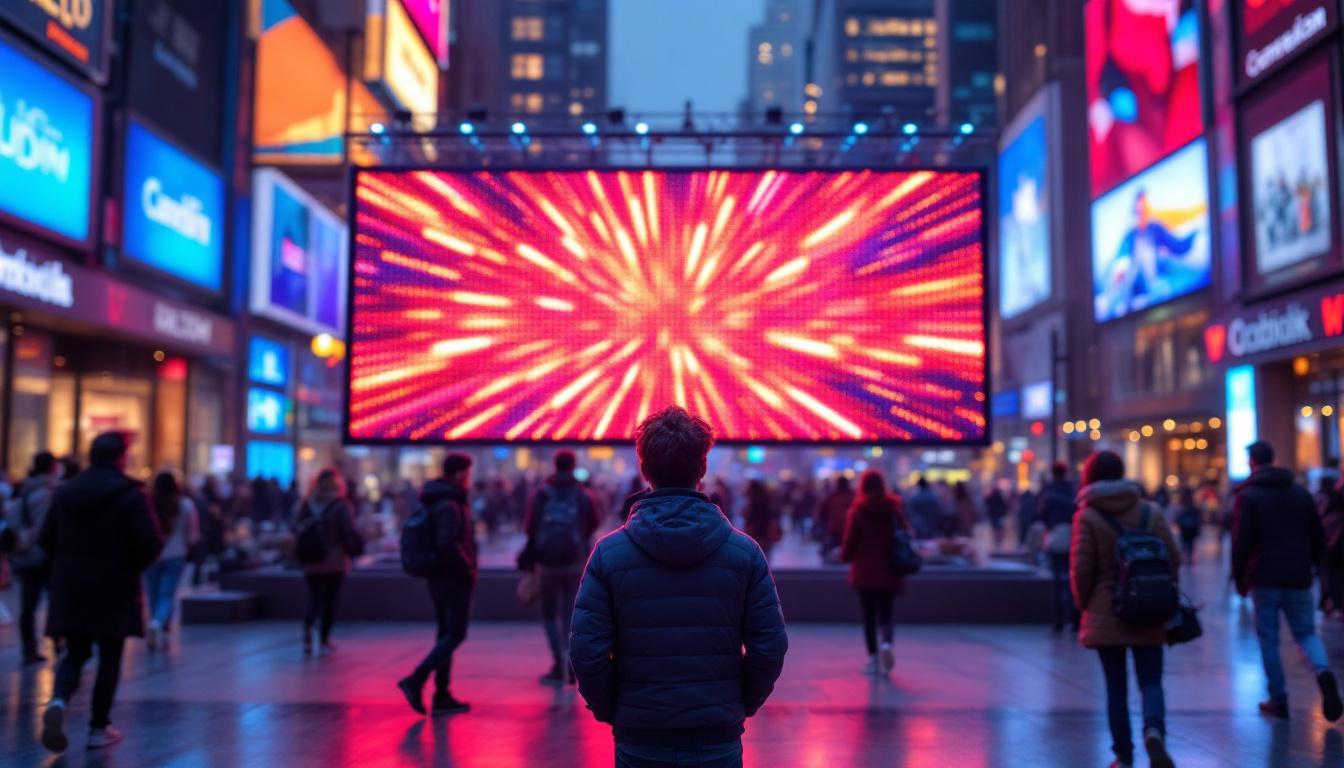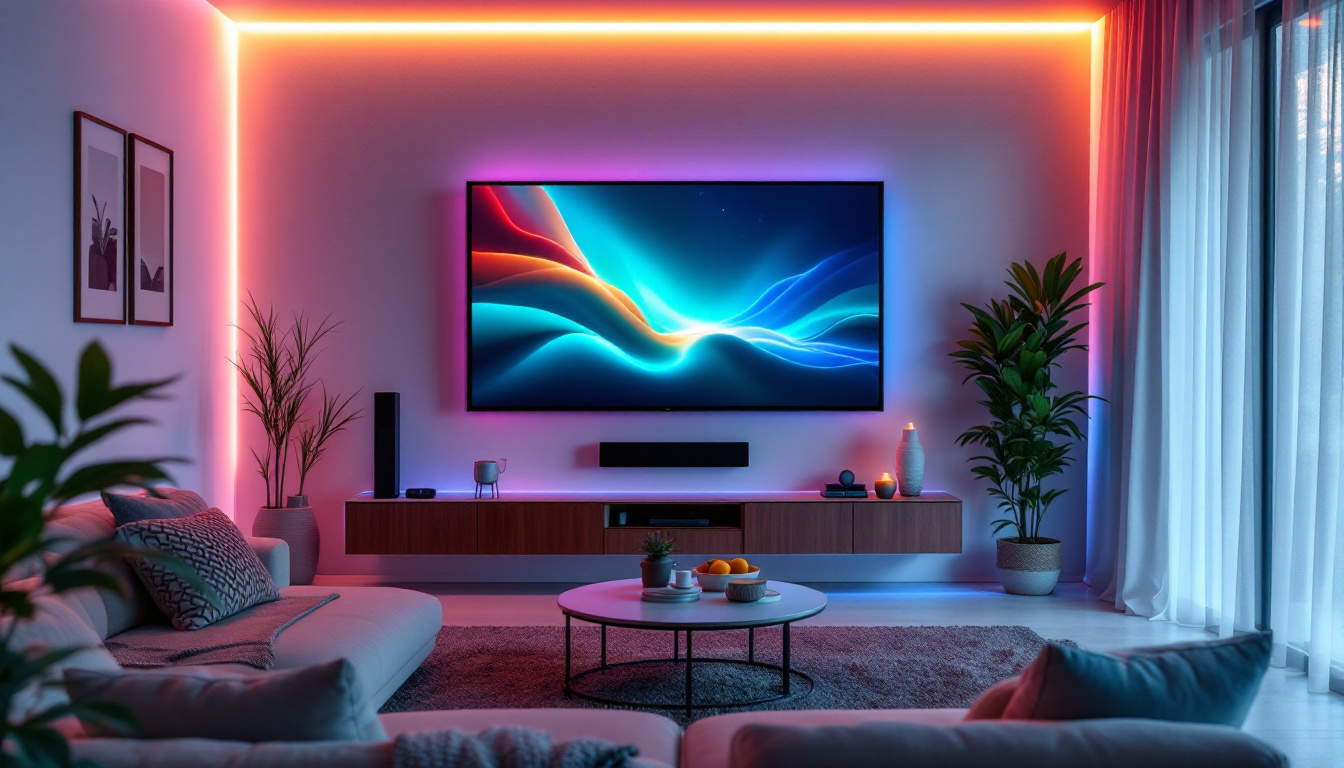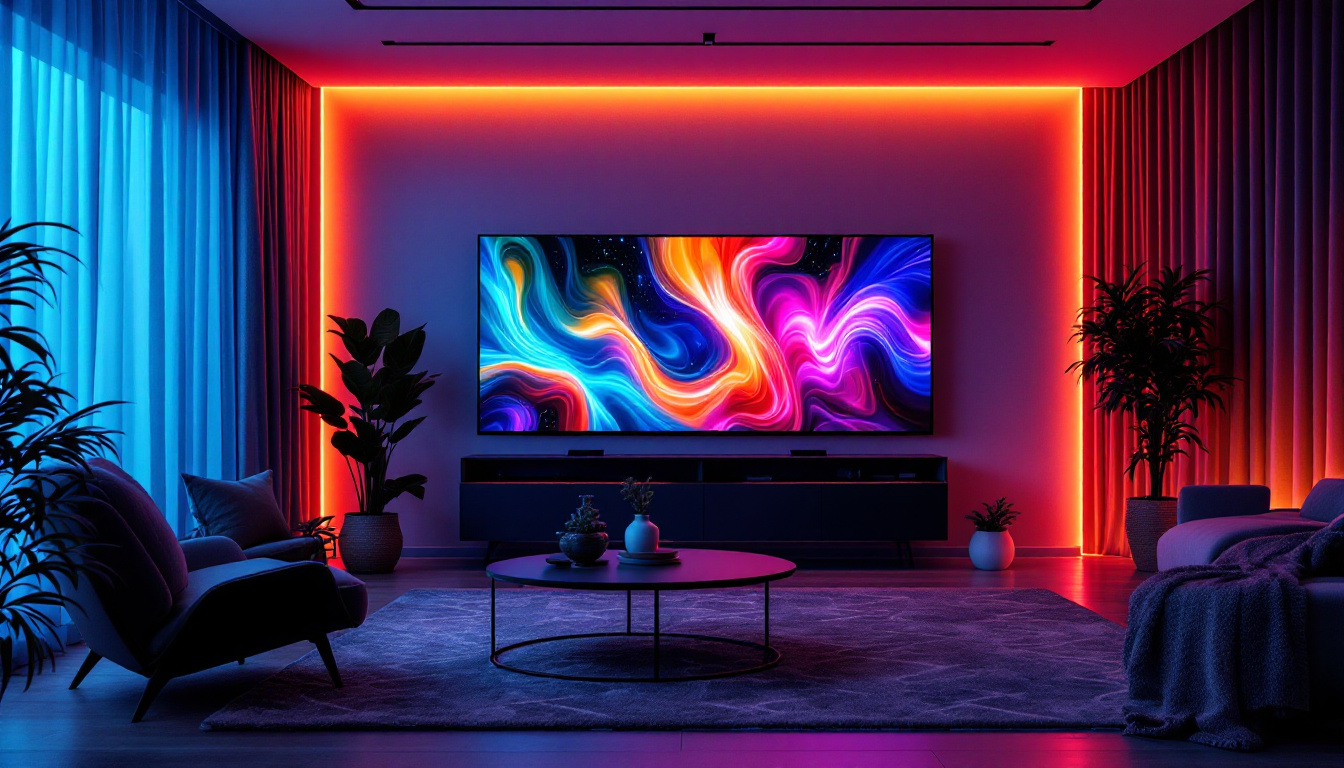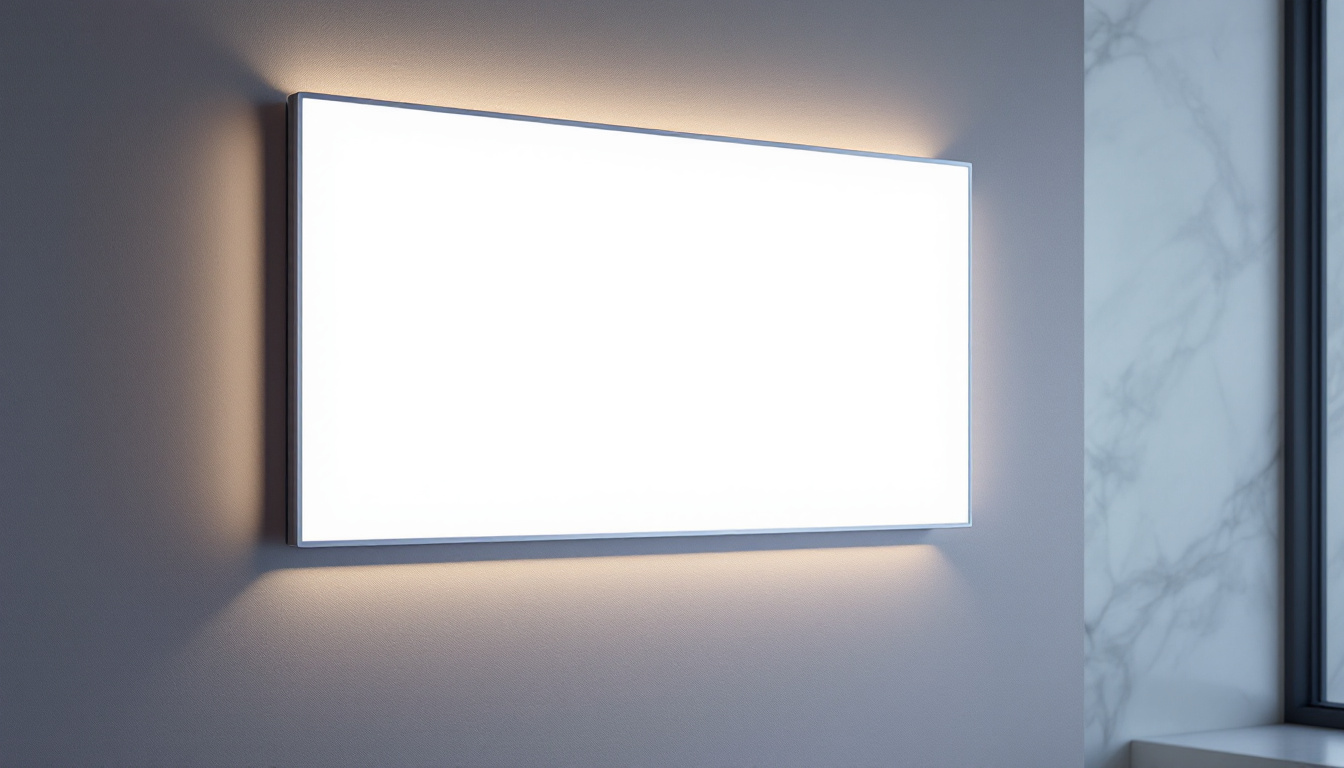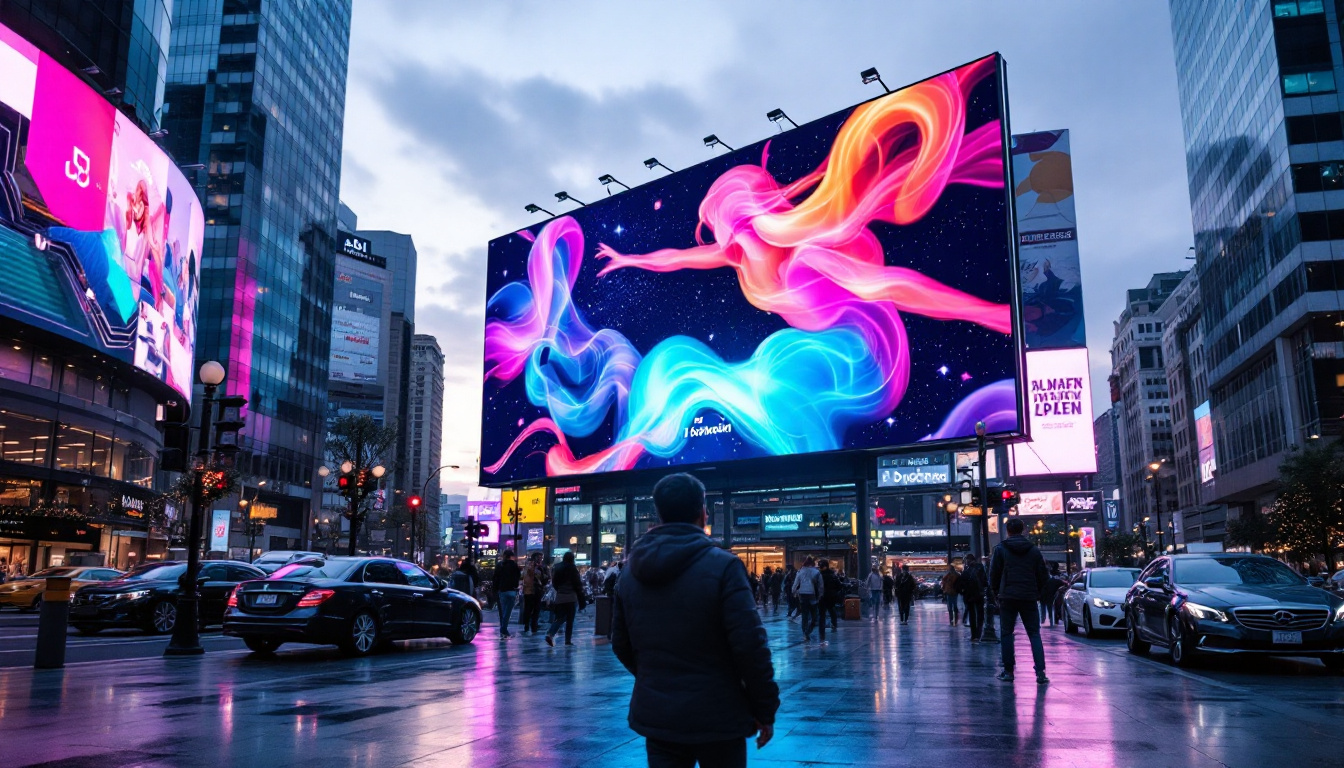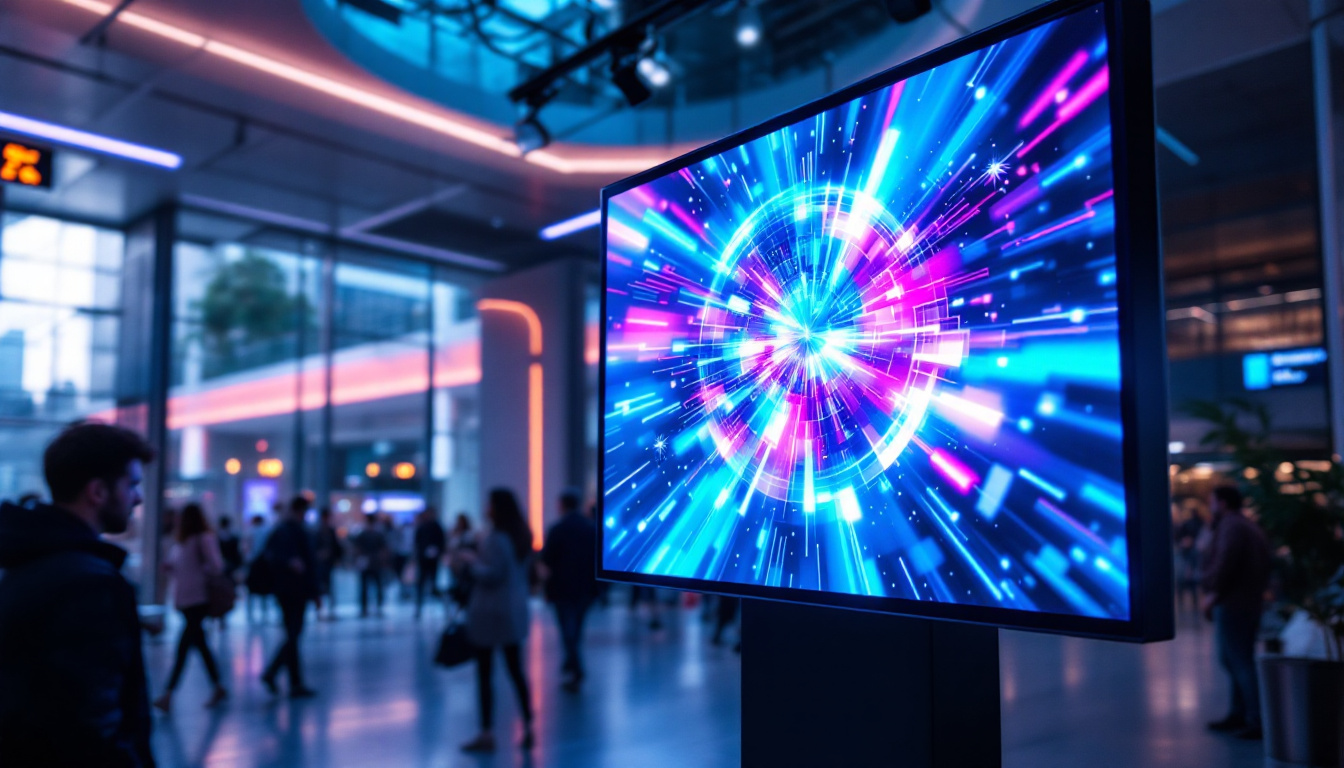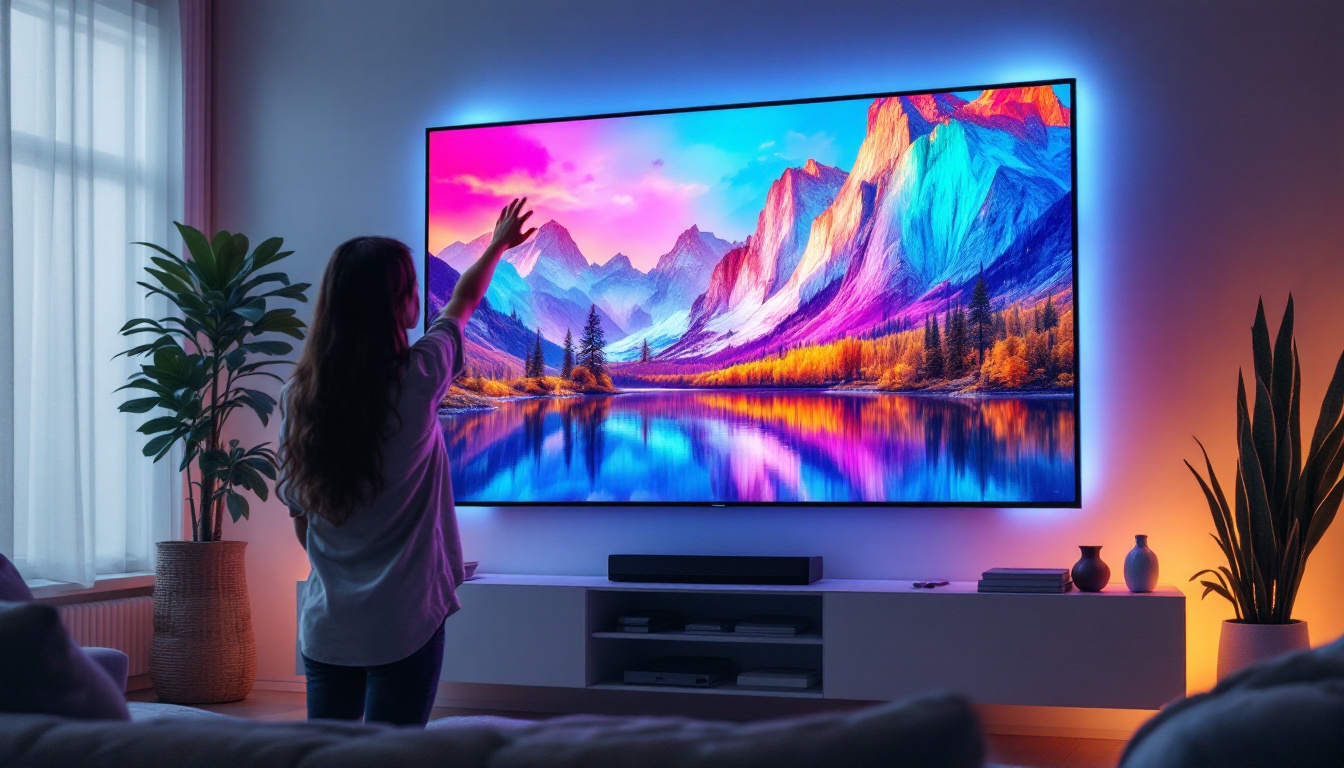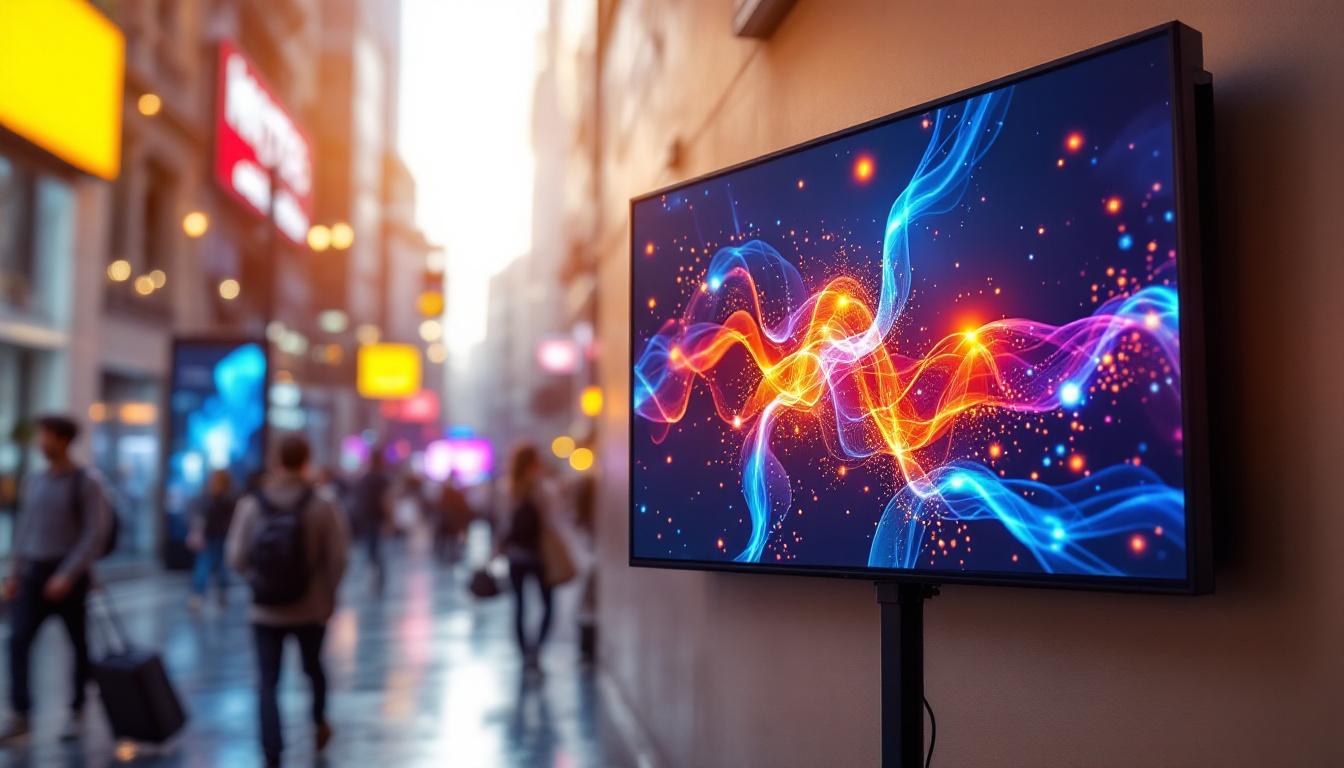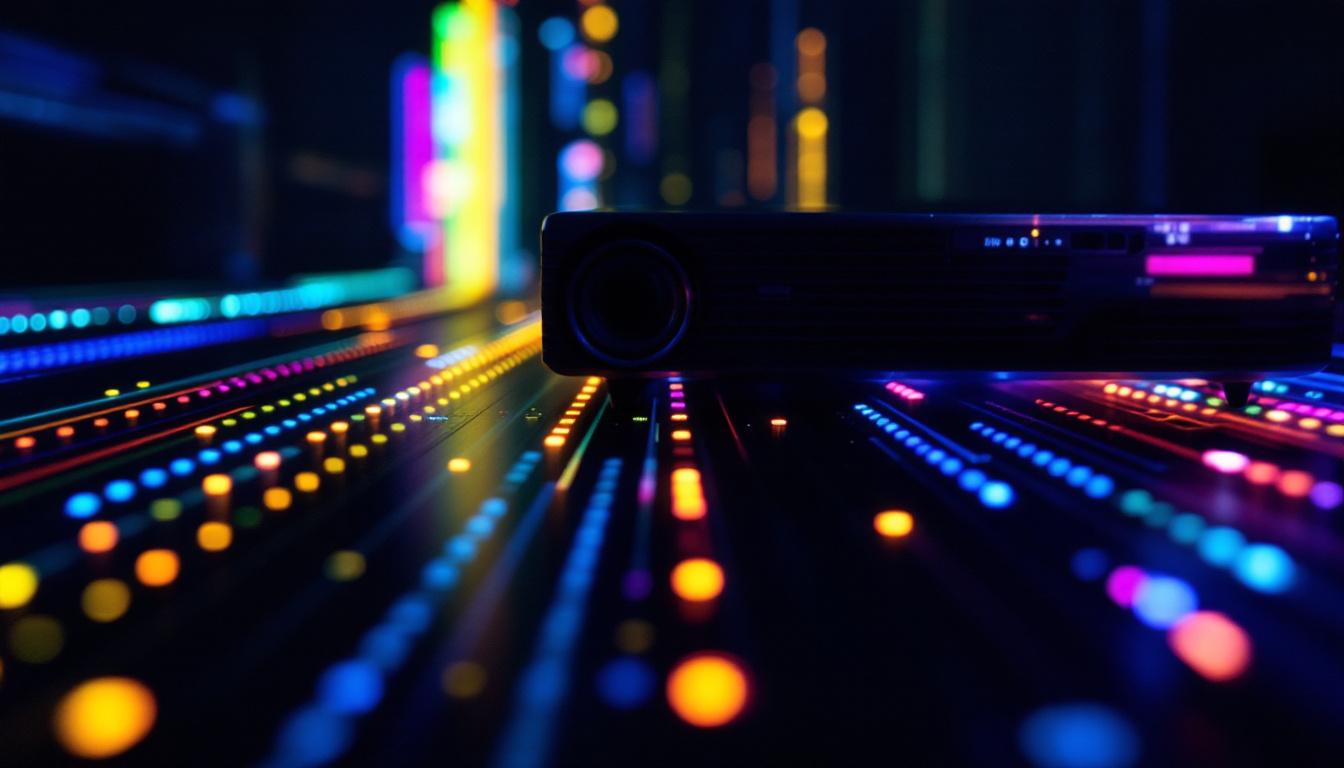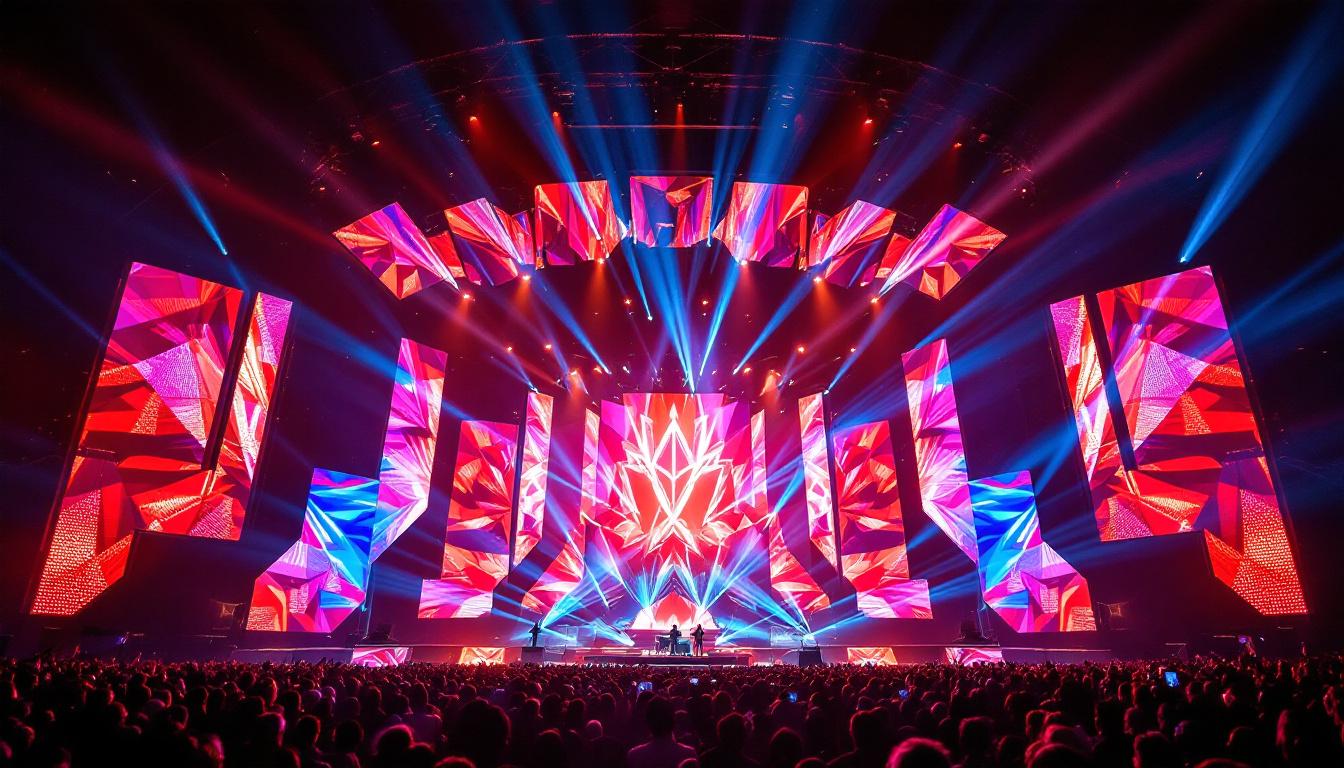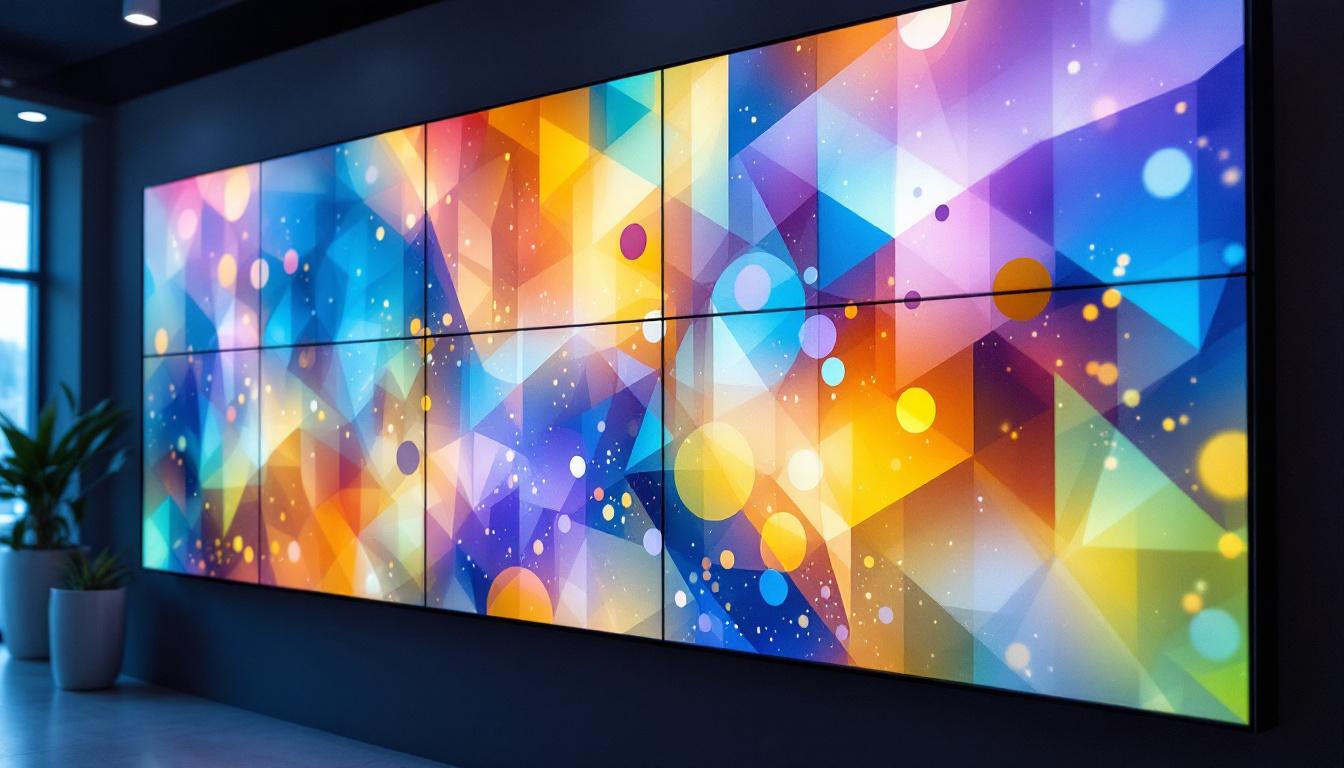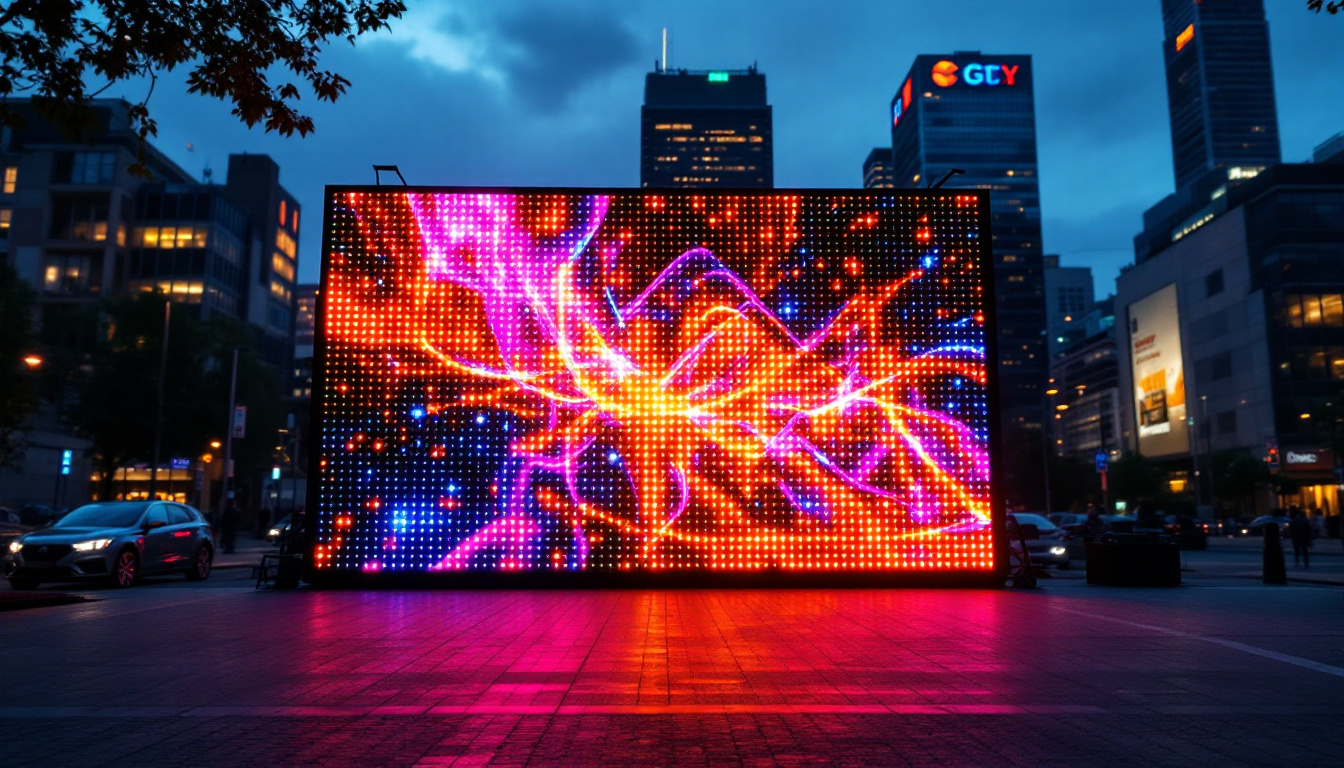In the realm of modern display technology, large plasma screens and LED displays have become ubiquitous in various settings, from homes to commercial venues. Understanding the nuances between these two types of displays is essential for making informed decisions regarding purchases and usage. This article delves into the intricacies of large plasma screens and LED displays, exploring their technology, advantages, disadvantages, and applications.
The Basics of Plasma and LED Technology
What is Plasma Display Technology?
Plasma display technology utilizes small cells filled with ionized gas, which emit ultraviolet light when electrically charged. This ultraviolet light then excites phosphors coated on the inside of the screen, producing visible light in various colors. The result is a vibrant display with deep blacks and rich colors, making plasma screens particularly appealing for watching movies and playing video games.
One of the key characteristics of plasma displays is their ability to maintain consistent color accuracy across wide viewing angles. This makes them ideal for large rooms where viewers may be seated at various angles relative to the screen. However, plasma screens are typically heavier and consume more power than their LED counterparts, which can be a consideration for some users. Additionally, plasma technology is known for its excellent motion handling capabilities, which is particularly beneficial for fast-paced content such as sports or action films. The rapid response time of plasma displays minimizes motion blur, providing a smoother viewing experience.
Understanding LED Display Technology
LED, or Light Emitting Diode, technology represents a significant advancement in display technology. Unlike plasma displays, LED screens use a backlight made of numerous individual diodes to illuminate the screen. This results in a thinner and lighter display, which is often more energy-efficient than plasma screens.
LED displays can be further categorized into two types: edge-lit and full-array. Edge-lit LED displays have diodes positioned around the edges of the screen, while full-array displays have a grid of diodes behind the entire screen. Full-array LED displays typically offer better contrast and color accuracy due to local dimming capabilities, where specific areas of the screen can be dimmed or brightened independently. Moreover, advancements in LED technology have led to the development of OLED (Organic Light Emitting Diode), which takes the benefits of LED a step further by allowing each pixel to emit its own light, resulting in even greater contrast ratios and more vibrant colors. This innovation has made OLED displays a popular choice for high-end televisions and monitors, further enhancing the viewing experience with deeper blacks and wider color gamuts.
Comparative Analysis: Plasma vs. LED Displays
Image Quality
When it comes to image quality, plasma displays are often praised for their superior color reproduction and deeper blacks. The ability to achieve true black levels stems from the nature of the technology, as individual pixels can be turned off completely, resulting in an infinite contrast ratio. This makes them particularly well-suited for dark environments. Additionally, plasma displays excel in handling fast-moving images, which is a significant advantage for sports enthusiasts and gamers alike. The rapid response time of plasma screens minimizes motion blur, ensuring that action sequences appear smooth and fluid.
On the other hand, LED displays have made significant strides in image quality, especially with advancements in full-array backlighting and local dimming. While they may not achieve the same level of black depth as plasma screens, high-end LED displays can still deliver impressive color accuracy and brightness, making them versatile for various lighting conditions. Furthermore, technologies such as HDR (High Dynamic Range) have enhanced the viewing experience on LED screens, allowing for a broader spectrum of colors and improved detail in both shadows and highlights. This capability makes LED displays particularly appealing for movie enthusiasts who appreciate cinematic visuals.
Longevity and Burn-in Issues
One of the notable drawbacks of plasma technology is the risk of burn-in, where static images can become permanently etched onto the screen over time. This phenomenon occurs due to uneven wear of the phosphors used in the display. While modern plasma screens have implemented technologies to mitigate this issue, it remains a concern for users who frequently display static images, such as channel logos or video game HUDs. The potential for burn-in can lead to anxiety for those who enjoy marathon gaming sessions or binge-watching series, as the fear of permanent screen damage looms large.
In contrast, LED displays are less susceptible to burn-in, making them a more reliable choice for varied content. Their longevity is also noteworthy; LED screens typically have a longer lifespan than plasma screens, often exceeding 50,000 hours of usage. This durability is a significant advantage for users who prioritize long-term performance. Moreover, the advancements in LED technology, such as Quantum Dot and OLED variants, have further extended the life and quality of these displays, providing consumers with even more options that cater to their specific viewing needs.
Energy Consumption and Heat Generation
Energy efficiency is another critical factor when comparing plasma and LED displays. Plasma screens generally consume more power, particularly at larger sizes, which can lead to higher electricity bills. Furthermore, they generate more heat during operation, necessitating adequate ventilation in enclosed spaces. This heat generation can be a concern in warmer climates, where additional cooling may be required to maintain a comfortable environment while using a plasma display.
LED displays, being more energy-efficient, consume significantly less power, making them a more environmentally friendly option. Their lower heat output also contributes to a more comfortable viewing environment, especially in smaller or poorly ventilated rooms. Additionally, the reduced energy consumption of LED displays aligns with growing consumer awareness of sustainability, making them an attractive choice for eco-conscious buyers. As technology continues to evolve, innovations in LED displays may further enhance their energy efficiency, paving the way for even greener home entertainment solutions.
Applications of Plasma and LED Displays
Home Entertainment
In the realm of home entertainment, plasma screens were once the go-to choice for movie enthusiasts and gamers due to their exceptional picture quality. However, the rise of LED technology has shifted preferences, with many consumers opting for LED displays for their versatility and energy efficiency. Today, OLED (Organic LED) technology is also gaining traction, offering many of the benefits of plasma screens without the associated drawbacks.
For home theaters, large LED displays can deliver stunning visuals, especially when paired with high-definition content. The ability to produce bright images makes LED displays suitable for rooms with ambient light, ensuring that viewers can enjoy their favorite films and shows without compromising on quality. Moreover, advancements in HDR (High Dynamic Range) technology have further enhanced the viewing experience, allowing for deeper blacks and brighter whites, which bring a more cinematic feel to home viewing. As a result, many consumers are now investing in sound systems and smart home integration to complement their LED displays, creating an immersive entertainment environment that rivals traditional cinema experiences.
Commercial Use
In commercial settings, both plasma and LED displays have found their niches. Plasma displays are often favored for high-end video walls and digital signage due to their vibrant colors and wide viewing angles. However, the trend is shifting towards LED displays, particularly for large-scale installations, as they offer greater flexibility in size and shape.
LED technology has become the standard for outdoor displays, such as billboards and advertising screens, due to their brightness and durability. They can withstand various weather conditions, making them ideal for outdoor applications. Additionally, LED displays can be configured in numerous ways, allowing for creative and dynamic advertising solutions. This adaptability has led to innovative uses, such as interactive displays that engage customers in real-time, enhancing the shopping experience. Furthermore, with the integration of smart technology, businesses can now update their content remotely, ensuring that their advertisements are always current and relevant, which is crucial in today’s fast-paced market. As a result, companies are increasingly relying on LED displays not just for advertising, but also for information dissemination, event promotion, and even as part of their branding strategy, showcasing their commitment to modern technology and customer engagement.
The Future of Display Technology
Emerging Technologies
As technology continues to evolve, the landscape of display technology is also changing. Innovations such as MicroLED and MiniLED are emerging, promising to combine the best features of both plasma and LED displays. MicroLED technology, for instance, utilizes tiny individual LEDs to create a display that offers exceptional brightness, contrast, and color accuracy without the drawbacks of burn-in.
Furthermore, advancements in OLED technology are also noteworthy. OLED displays provide the deep blacks and vibrant colors associated with plasma screens while maintaining the energy efficiency of LED displays. As production costs decrease and technology improves, OLED displays are becoming more accessible to consumers and businesses alike.
Consumer Trends and Preferences
Consumer preferences are shifting towards displays that offer a balance of quality, efficiency, and versatility. While plasma displays still hold a nostalgic appeal for some, the practicality of LED and OLED technology is hard to ignore. Factors such as energy consumption, longevity, and the ability to handle various content types are becoming increasingly important in the decision-making process.
As more consumers become aware of the benefits of LED and OLED technology, the demand for traditional plasma displays continues to decline. However, for those who prioritize picture quality above all else, plasma screens still hold a place in the hearts of many enthusiasts.
Conclusion
In conclusion, both large plasma screens and LED displays offer unique advantages and disadvantages that cater to different needs and preferences. Plasma displays excel in color reproduction and contrast, making them ideal for dedicated viewing environments. Conversely, LED displays provide versatility, energy efficiency, and longevity, making them suitable for a wide range of applications.
As technology continues to advance, consumers and businesses alike must stay informed about the latest developments in display technology. By understanding the differences between plasma and LED displays, individuals can make informed decisions that best suit their needs, whether for home entertainment or commercial use. The future of display technology is bright, and the options available will only continue to expand, ensuring that there is a perfect display for everyone.
Discover the Future of LED Displays with LumenMatrix
Ready to experience the ultimate in LED display technology? LumenMatrix is at the forefront of creating immersive and dynamic visual experiences with our comprehensive range of LED display solutions. From captivating Indoor and Outdoor LED Wall Displays to innovative options like Vehicle LED Displays and LED Sports Displays, our products are designed to elevate your brand and engage your audience. Embrace the future of visual communication with LumenMatrix’s cutting-edge solutions. Check out LumenMatrix LED Display Solutions today and transform the way you share your message with the world.

